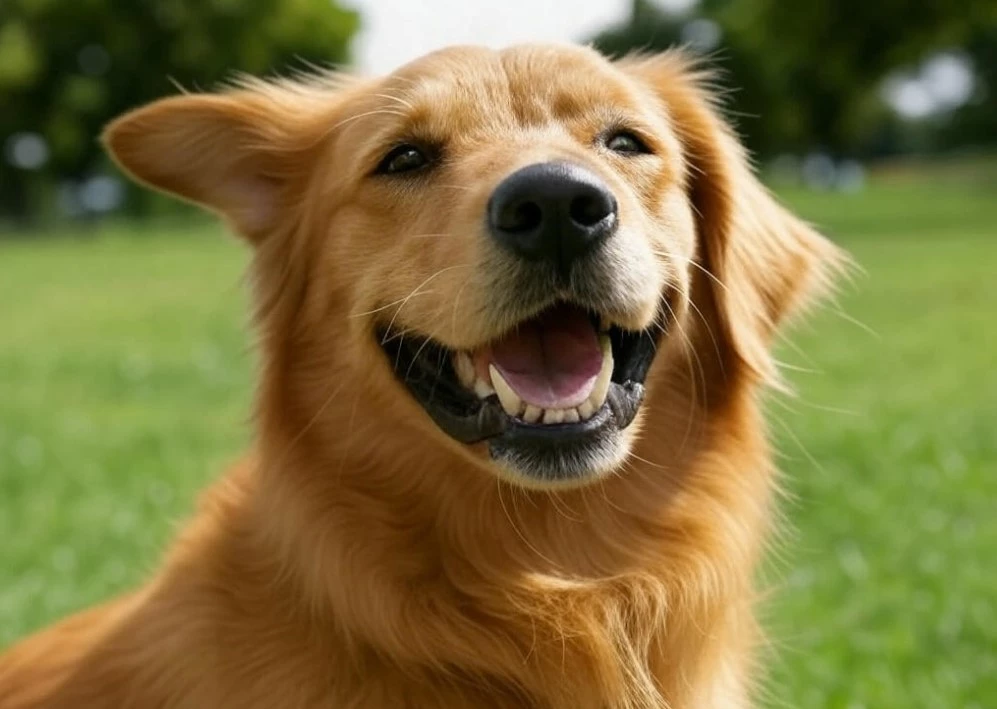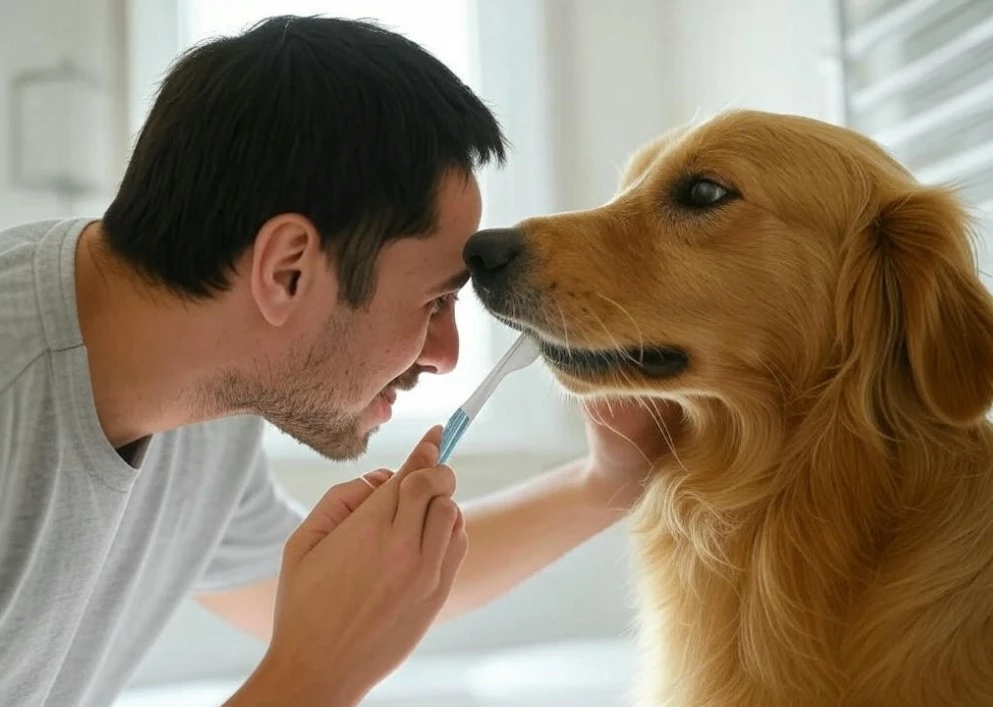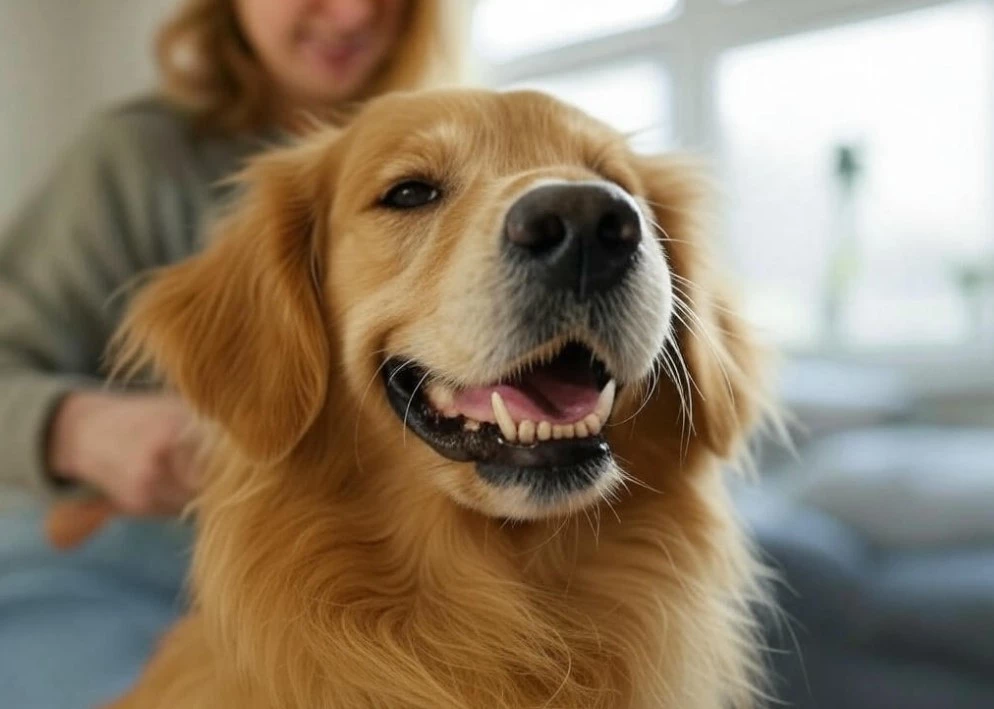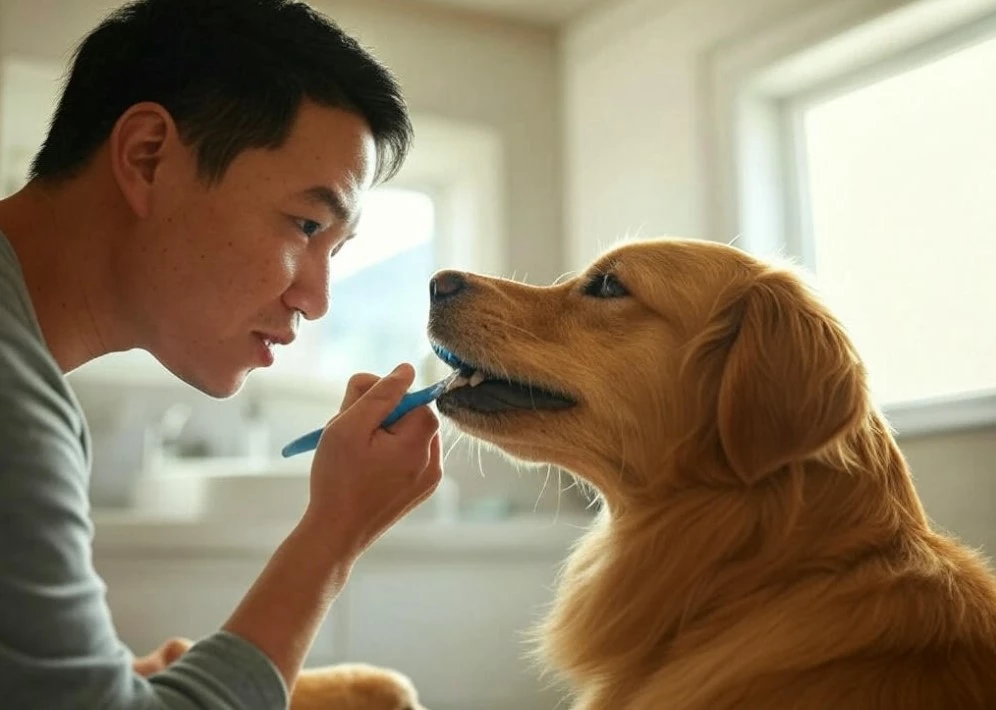
Ever looked at your dog's goofy grin and wondered if those teeth need brushing? That question hit me right after my French bulldog pup, Buddy, tried stealing a bite of my sandwich - his breath nearly knocked me out! Brushing your dog’s teeth might sound tedious, but trust me, it makes a huge difference. Dogs don’t drink soda or munch sugary candy (unless they raid your pantry!), but their teeth still battle plaque, tartar, and harmful bacteria. So, should you really brush your dog’s teeth? Spoiler: yes, definitely. I’ll explain why it matters, how to make tooth-brushing less of a struggle, and how often you should actually brush. Plus, I've learned plenty of handy tips while dealing with Buddy’s breath, so stick around for the tricks I swear by! Let’s dive into the world of doggy dental care and keep your furry friend smiling bright.
Why should you care about your dog’s dental hygiene? Well, besides avoiding nasty breath (a big plus when they're licking your face after playtime), clean teeth lead to a healthier, longer life. Plaque forms quickly - sometimes overnight - and hardens into tartar, causing irritated gums and infections. I’ve seen Buddy pawing at his mouth when he had discomfort, and watching him suffer wasn’t easy. Ignoring dental care can lead to costly vet visits - gum disease, tooth loss, and even more severe issues like heart or kidney problems. My friend’s dog even developed a heart murmur due to neglected dental care - pretty alarming, right? Regular brushing protects your pup’s health and saves you stress down the road. Here’s what Buddy (and my vet) taught me about doggy dental care.
Imagine skipping your own toothbrush for an entire week. Unpleasant, right? Food particles, saliva, and bacteria create plaque within just 24 hours. Left untreated, plaque becomes tartar, irritating gums and causing painful gingivitis. During one of Buddy’s vet visits, the doctor showed me X-rays of another dog's badly infected gums - seriously scary stuff! Studies reveal over 80% of dogs older than three have dental issues, so brushing isn’t optional - it’s essential. It prevents serious health problems and costly deep cleanings under anesthesia. And let’s face it: fresh dog breath is way better than that nasty odor you're probably too familiar with. Since starting regular tooth brushing, Buddy’s breath improved dramatically - and our cuddles did too.
Why is dental trouble common in dogs? Unlike humans, dogs don’t typically get cavities from sugar (unless you've secretly been feeding cookies!). Instead, their problems come from diet and genetics. Wet food sticks to teeth more than dry kibble, and breeds with tightly packed teeth - like Yorkies or Bulldogs - are particularly vulnerable. Even my Labrador mix, Buddy, faced issues. Ever noticed your dog chewing oddly or dropping food? That’s a red flag. Brushing is prevention, and it’s easier than handling a cranky dog who can’t eat comfortably.
Ready to brush, but nervous about wrestling your energetic dog? First, toss out your toothpaste - human formulas contain fluoride and sweeteners (like xylitol), which are toxic for dogs. Grab a dog-friendly toothpaste instead - flavors like chicken, beef, or peanut butter work wonders. Buddy goes crazy for peanut butter-flavored paste; it’s basically a treat. Choose a soft-bristled pet toothbrush or a finger brush if your dog resists the usual brush. I initially used a finger brush for Buddy, as he’d chew anything else. Here’s a simple routine, tested through trial and error (and a few destroyed brushes):
Never force it - if your dog gets stressed, try again another day. Consistency beats perfection here. My first few tries with Buddy ended with toothpaste all over my couch. But after some patience, we mastered it.

Quick tip: Keep brushing sessions short - dogs rarely sit through long dental routines. If your pup is impatient, brush one side today and the other tomorrow. Dog hates brushes? Put toothpaste on a chew toy - it's less stressful and gets them used to the taste. Think of it as teaching a new trick, just with cleaner breath as a reward.
Ideally, daily brushing is best since plaque forms rapidly. Realistically, though, life happens - I don’t always manage daily sessions with Buddy. Thankfully, brushing 3-4 times weekly still significantly improves oral health. Buddy’s gums looked healthier in weeks. Veterinarians say even twice weekly reduces tartar buildup by half compared to no brushing at all. Start young if you can - puppies adapt faster. Older dogs might need more frequent brushing. Buddy is five, and after mild plaque appeared, we increased sessions to four per week, keeping his teeth clean and healthy.
Adjust your routine based on your dog's breed and mouth size. Small breeds or dogs with crowded teeth, like Pugs, require more attention. Larger mouths, like Buddy’s, also hide plaque well, especially on back molars. Consult your vet for a tailored dental plan - Buddy’s schedule of four weekly brushings keeps his smile bright and healthy.
Brushing is crucial, but other tips help maintain dental health between sessions. Here’s what worked wonders for Buddy:

When Buddy’s breath was unbearable last year, combining these tips dramatically improved things. Within weeks, his breath was fresher, and our vet praised his improved gums. Be cautious, though - some dog chews are calorie-dense without dental benefits, so choose carefully.
Ignoring dental care quickly turns problematic. Plaque hardens to tartar rapidly, causing inflammation, pain, and potential tooth loss. My neighbor’s older Beagle, Max, had multiple teeth removed after years without dental care - an expensive and stressful experience. Severe gum disease also leads to heart, kidney, or liver issues from spreading infections. Buddy had a loose tooth at age three, reminding me of the risks of skipping dental care. Trust me, fresh breath is just a bonus - oral hygiene safeguards your dog’s overall health and quality of life.
Brushing dog teeth might sound intimidating, but it can become enjoyable bonding time. Play soothing music, get comfortable, and keep sessions brief. Puppies adapt quicker, but older dogs like Buddy can also learn with patience. Buddy initially needed a treat-smear on his brush as incentive; now he genuinely enjoys brushing time.
If brushing doesn’t work out, consider vet-administered cleanings, then ease into home care afterward. Buddy’s professional cleaning gave us a fresh start. Create a consistent routine - same time, same place - so your dog knows what to expect. Singing softly or talking gently can also help keep them calm.

For especially resistant dogs, dental wipes offer an easier alternative - though less effective, they’re better than no cleaning at all. Experiment and discover what suits your dog’s personality and preferences best.
Absolutely - regular brushing brings big health benefits for a small effort. Fresher breath, fewer vet visits, and a happier pup are just a few perks. After Buddy’s sandwich-stealing incident left me gagging, I committed to regular brushing - and I’m never turning back. Grab dog-friendly toothpaste, choose a comfortable place, and create a fun, easy-going routine. Need advice? Your vet or local pet store can recommend great products to help you get started. Your dog’s smile will thank you!
Buddy recently snagged a carrot from my counter, crunched happily, and showed off his impressively clean teeth. He seems to understand dental care is our special team effort. Give brushing a try - your furry friend’s health is worth every minute!